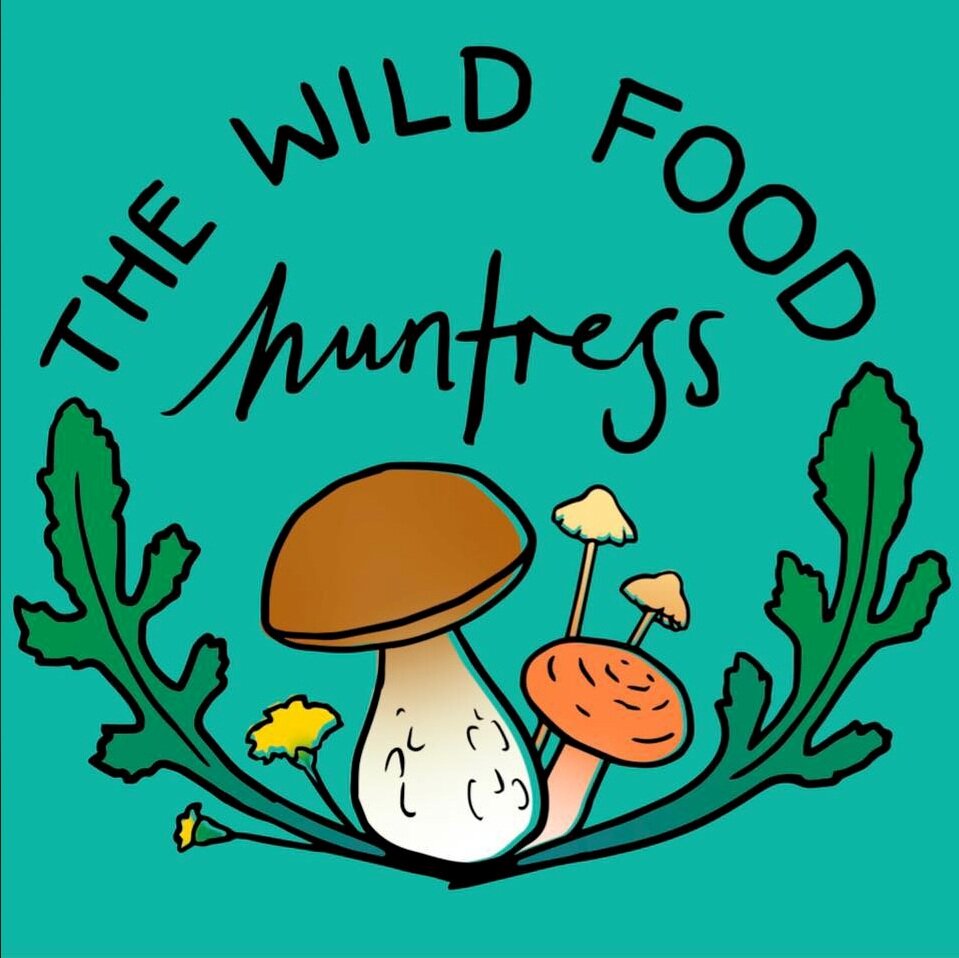Lactarius deliciosus
PINE MUSHROOM-SAFFRON MILK CAP
Edible
GILLS
CROSS SECTION
Saffron Milk Cap
Edibility
The pine mushroom or saffron milk cap ( which are its common names) is a versatile tasty mushroom that goes well in many dishes. Wether you want them fried on toast or mixed in with a pasta you really cannot go wrong which makes them a highly sought after mushroom that is not too hard to find (if you know where to look). One of my favourite things to do with them is to pickle them which means you can enjoy them the whole year round.
Habitat
This mushroom grows in close proximity to pines and can grow in abundance in pine forests.
Description
Everything about this mushroom comes together perfectly including the scientific name which actually makes sense.
Lactarius from the word lactate meaning milk producing and deliciosus simply meaning delicious.
This is a great mushroom for beginners would would like to try different mushrooms but who are wary of picking the wrong thing and getting sick or even worse! Once cut this mushroom produces a bright orange milk from the wound which will actually stain your hands. You can see this quite clearly in the cross section photo on this page.
Appearance
The cap is orange to a pinky peach in colour. Usually around 3cm-20cm in diameter. The mushroom is concave in the centre with the edges that tend to roll inwards.The cap also has orange to red concentric circles.
The gills themselves are orange in appearance and easily bruised. Once bruising has occurred the damaged area will go green in colour over a short period of time.
The stem is usually around 3cm-6cm long and 1cm-3cm wide and cylindrical in shape. It often has quite distinctive darker orange pits covering the stem.
The mushroom has a pith in the centre of the stem and as the mushroom ages this pith reduces meaning the stem becomes hollow. Check out the cross section and gill pictures above to see the pith.
Distribution
QLD-NSW-VIC-SA-WA-TAS
Spore Colour
White
Spore Print Lactarius deliciosus
Lookalikes
There are no lookalikes to this mushroom with all the characteristics mentioned above.
However there are many orange mushrooms which may at first confuse a novice eager to find.
please use this reference as a tool for identification only and never eat any mushroom unless you do your own research and you are 100% sure. Remember if in doubt leave it out!
Distribution
QLD-NSW-VIC-SA-WA-TAS







